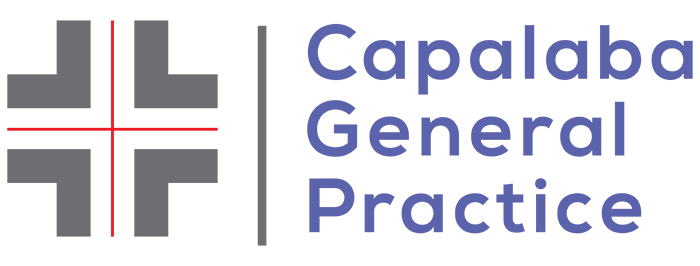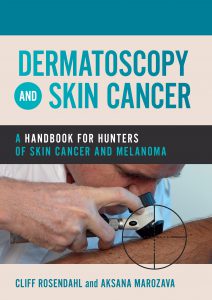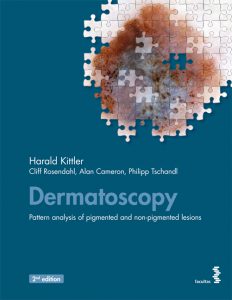Cliff is a Medical Practitioner of 40 years’ experience, with a background in general practice and forensic medicine. His PhD project was in the field of skin cancer, particularly melanoma. Cliff collaborated with colleagues in Brisbane and Vienna to research the early diagnosis of melanoma and together they have evaluated and promoted the diagnostic method Chaos and Clues. Cliff is a Professor at The University of Queensland where he is director of the Master of Medicine (Skin Cancer) degree course and Visiting Professor, Department of Dermatology at Tehran University of Medical Sciences, Iran. He has published over 50 papers in peer-review scientific journals and is co-author of a textbook on dermatoscopy, published in 8 languages and is a contributing author to several other textbooks in English and two in Spanish. Cliff has a busy schedule as an invited speaker to general practitioner and dermatologist groups both in Australia and internationally.
Dermatoscopy and Skin Cancer is a handbook to help dermatologists, dermatoscopists and GPs easily differentiate between benign and malignant tumours, leading to fewer unnecessary biopsies and earlier treatment of cancers.



